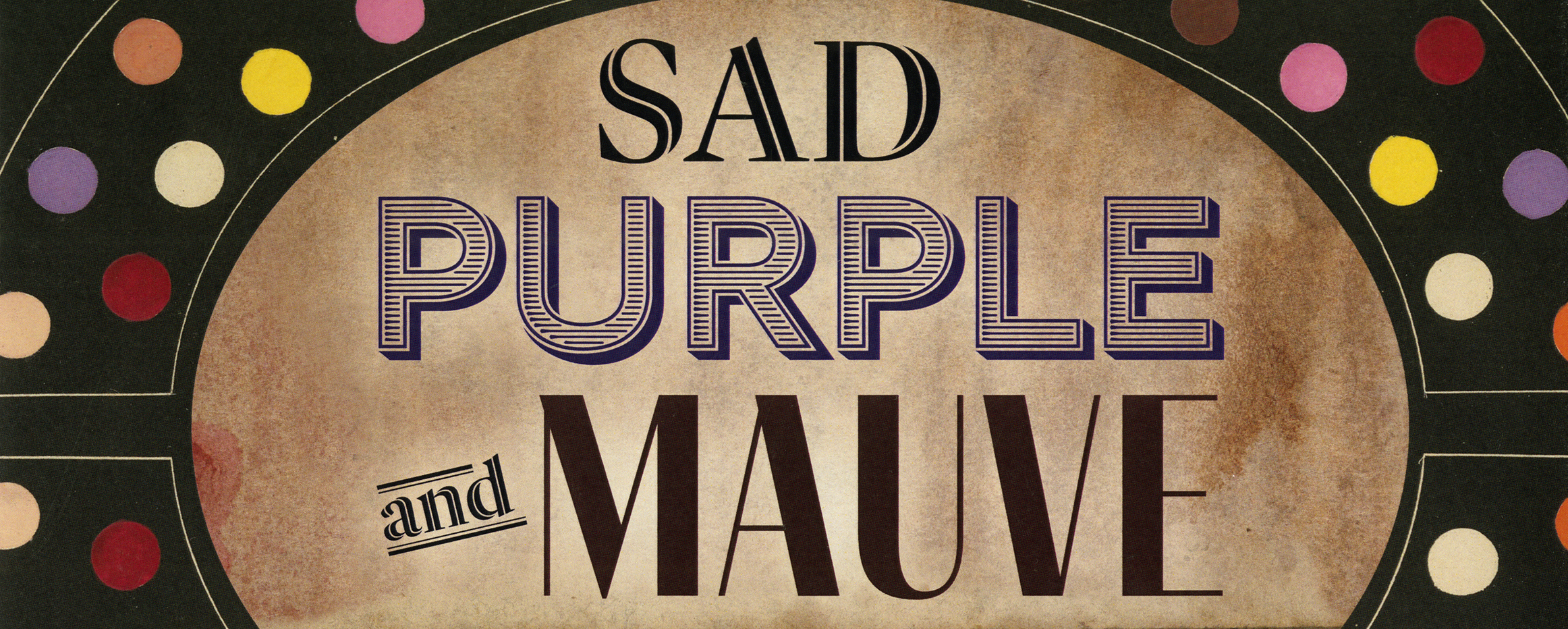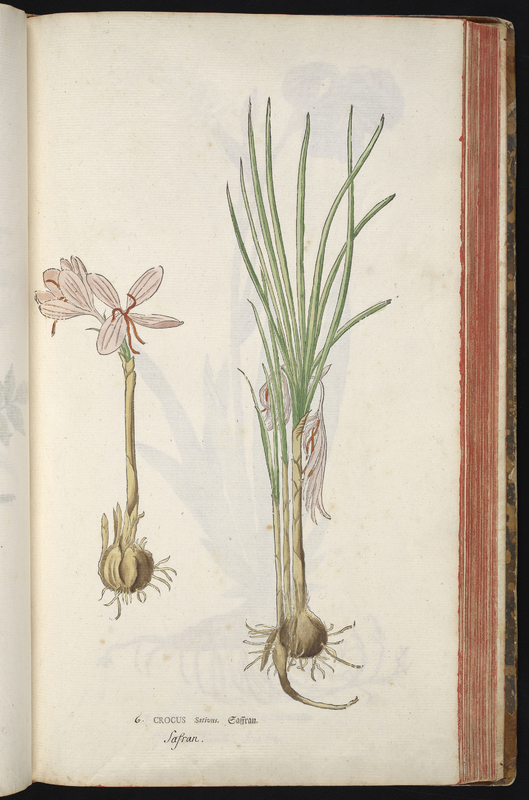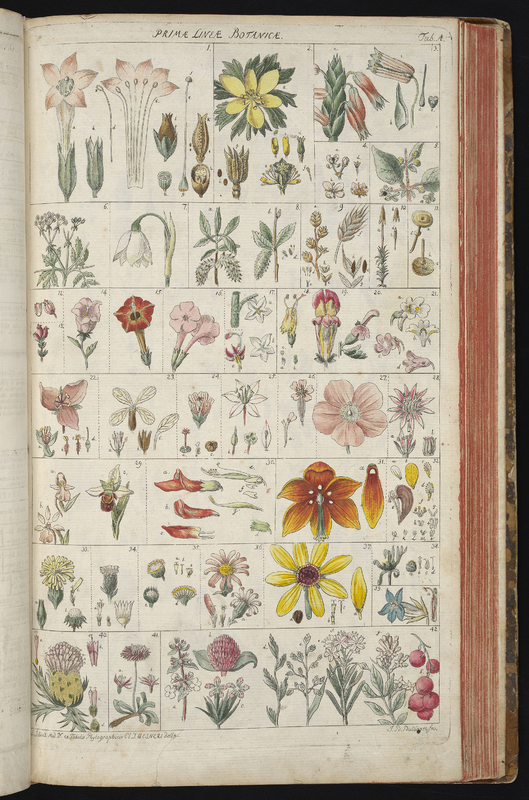Guide to Plants
ORPHANS, BOTANISTS, BONE DISEASE, AND RECYCLED PICTURES OF A MADDER DYE PLANT
Though Salomon Schinz’s Guide to Plants and their Uses was published in 1774, the illustrations in it had been designed centuries earlier for a different book: Leonhardt Fuch’s 1542 herbal, De Historia Stirpium. The original wooden blocks used to print Fuch’s illustrations had been conserved for generations by botanists in Zurich, which allowed Schinz to use them for his own study of plants 250 years later.
Schinz, who was a doctor and botanist, published this book while he was the attending physician in Zurich’s largest orphanage. Schinz actually included some of the children in his care in the making of this book by having them hand-color the prints. The child who painted this print of a madder plant (Rubia Tinctorum) vividly captured the red roots from which dye is made.
In his accompanying text, Schinz writes that madder is such a powerful colorant that it even reddens the bones of farm animals if it is added to their food. He hypothesizes that madder’s capacity to penetrate osseus tissue could make it useful for treating rickets.
— Written by Sarah K. Rich (Art History, Center for Virtual/Material Studies)
RUBIA Tinctorum Färberröthe Krapp Garrance [Madder]
Woodblock print originally designed in 1542 by Albrecht Meyer
Printed then hand-colored by an unrecorded child artist, c. 1774
for Salomon Schinz
Anleitung zu der Pflanzenkenntniss und Derselben nützlichsten Anwendung
Zürich: In Verlag des Waysenhauses, 1774
Purchased in part with funds from the Allison-Shelley Fund and the J. Harvey Fahnestock Endowment for Scientific, Engineering and Rare Books, 2023
MADDER
Like many dyes, madder root can be converted into a pigment. A dye is fully dissolved in a liquid so its molecules can chemically bond with textile fibers; a pigment, however, is a non-soluble powder that can be painted onto a surface with the help of an adhesive medium like oil or resin. A pigment that is made from a dye is called a "lake pigment."
The red paint used to color this illustration of madder root in Schinz’s Guide to Plants is probably madder lake pigment made from that dye.
— Written by Sarah K. Rich (Art History, Center for Virtual/Material Studies)




